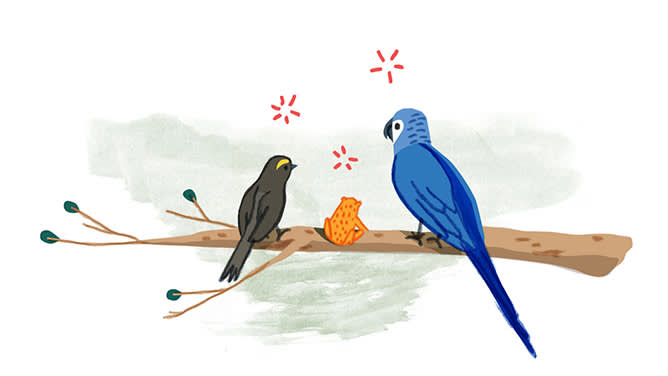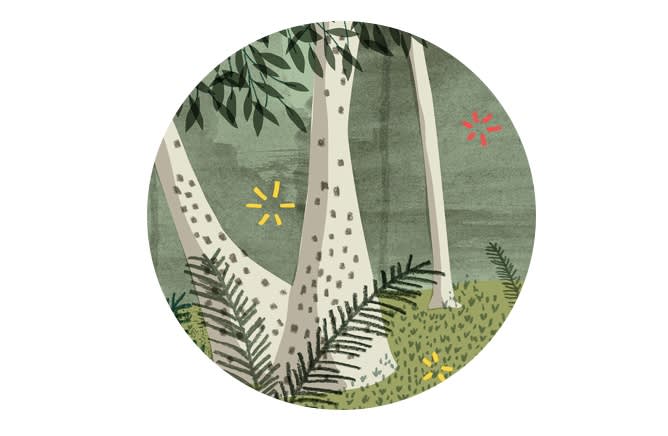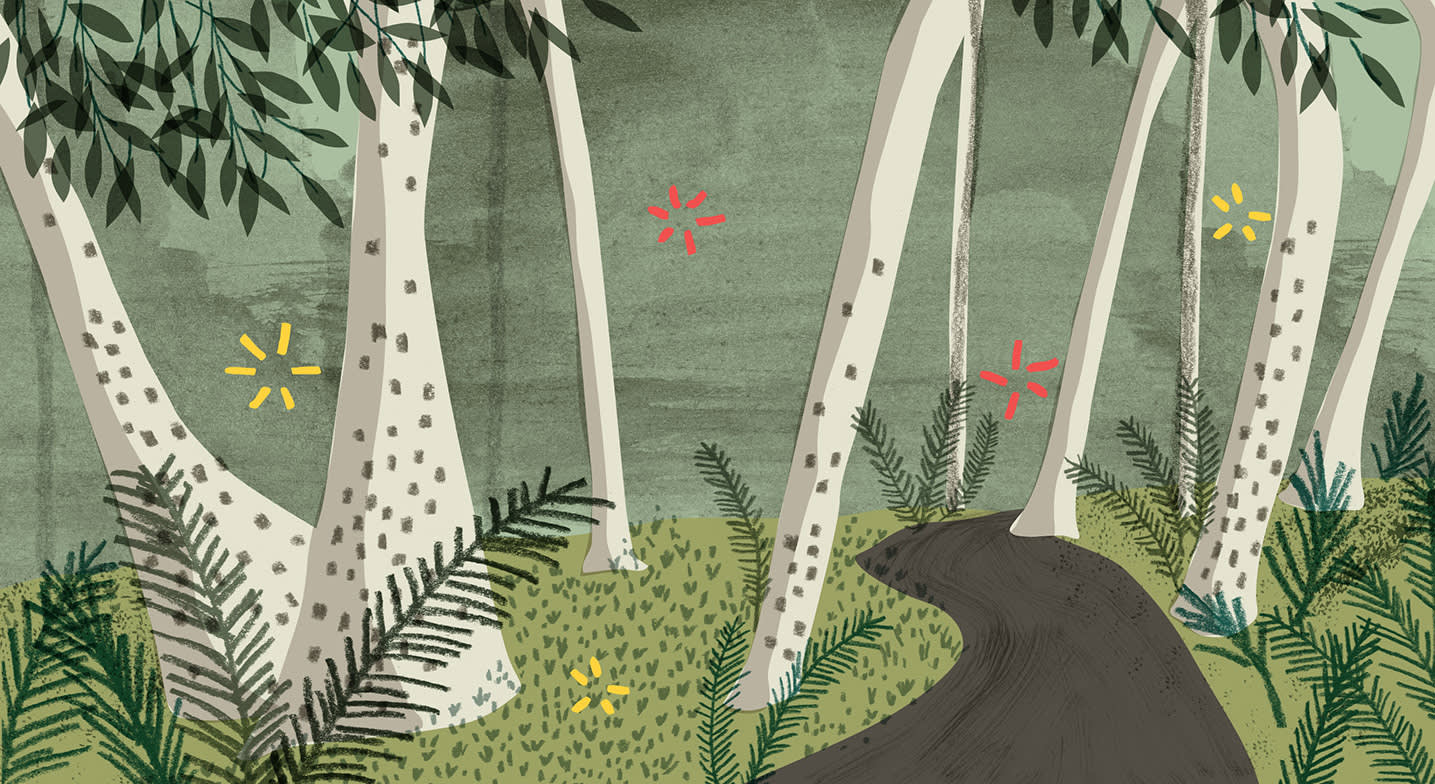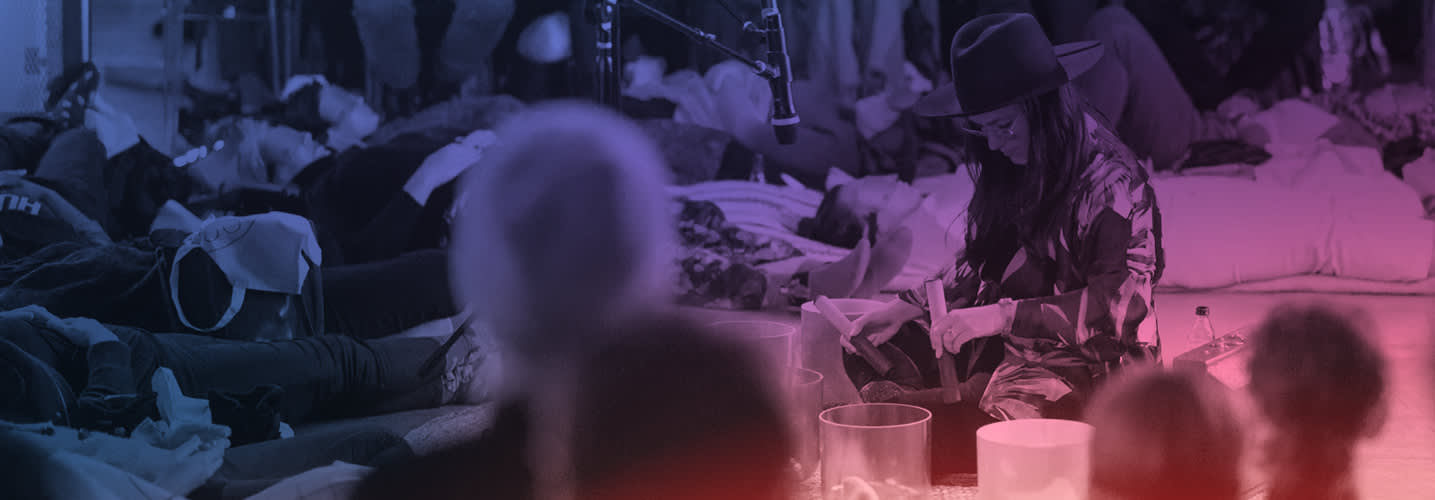We mourn the possibility of no longer seeing tigers in the wild or of witnessing historic neighborhoods succumb to high-rises, but the visuals associated with such losses are only part of the story. Many of the sounds that define our world are also disappearing, from those found in nature to the languages — and even daily noises — that define us culturally.
Languages are disappearing at an unprecedented rate, as are the world’s quietest natural spaces, making competition stiff indeed for the title of world’s rarest sound. Gerald Seligman is the executive director of the National Recording Preservation Foundation, a non-profit group dedicated to preserving U.S. sound heritage. He says, “People who are gone, languages that are no longer spoken, animals that are no longer heard, and things that no longer exist — like the ringing of an old telephone — are all the world’s rarest sounds.” Every endangered sound cannot be saved. But Seligman and others are leading efforts to preserve as many as they can before they are silenced forever.
Archives exist for everything from Southern oral traditions to the music of the Maori people.
Of all historic recordings, radio is likely the most endangered class. In the 1930s-1940s, the height of radio coverage in the United States, three large companies ran the show. Yet the majority of those recordings are lost to history. While NBC’s archive is preserved, practically no CBS or Mutual broadcastsremain.
“They were recorded, but no one even knows what happened to the CBS archives,” says Sam Brylawski, editor of the Discography of American Historical Recordings at the University of California, Santa Barbara. “It’s rumored that they were thrown away.”
Simply finding the recordings that do remain can be challenging, he says, and even if they are discovered, many have partially or completely destroyed. The longer a medium sits around, the greater the chances of it becoming too degraded to recover.
“People in the industry say we have a 10- to 15-year window to preserve and digitize a lot of recorded sound before it will disappear forever,” Seligman says.
Some linguists estimate that half of the world’s approximately 6,500 languages are in danger of extinction.
In 2000 the U.S. Congress stepped in to try to stem the tide of disappearing sounds, passing the National Recording Preservation Act, which included the creation of the National Recording Preservation Foundation to help archives across the country preserve what it calls “the sounds of America.”
Jack White of the White Stripes was on the founding board and donated $200,000 to the project, and T Bone Burnett, the music producer and Oscar-winning songwriter, is a current board member. The group has given grants to help the University of Indiana preserve Orson Welles’ radio plays, for example, and to the University of North Carolina at Chapel Hill to digitize old folk and blues recordings.
The foundation is not the only group working to preserve historic sound. Archives exist for everything from Southern oral traditions to the music of the Maori people, while the Library of Congress keeps its own national sound registry, into which 25 new recordings are deposited each year, from Ramones songs to AOL’s “You’ve got mail!” message of the 1990s. The British Library also keeps a formidable collectionof more than 6.5 million recordings. All these institutions are engaged in a scramble to secure the sounds of the past and save them from oblivion.

Many languages are similarly in dire straits, and some linguists estimate that half of the world’s approximately 6,500 languages are in danger of extinction.
“Indigenous groups are finding that they cannot hang on to the culture without the language,” says David Harrison, a professor of linguistics at Swarthmore College and director of research for the Living Tongues Institute. “The vast majority of Native Americans say they need their language to talk to the Creator and that they aren’t connected to the natural world without knowing the names of plants and animals in their language.”
Around a decade ago, linguists began documenting rare and endangered languages. The non-profit, science-based Living Tongues has worked with more than 100 endangered language communities around the world. It’s more than just a cataloguing exercise; researchers help interested communities revitalize their languages through projects such as Talking Dictionaries, now available for more than 80 languages, from Mokilese in Micronesia to Chamacoco in Paraguay.
Living Tongues also helps communities share their languages with the rest of the world. YouTube has been a valuable tool, with posts including hip-hop songs in Aka, an endangered language spoken in India, and a Tuvan epic recounted by an elder in Siberia.
“We can’t care about something that we don’t know about,” Harrison says. “If you see two people singing a song in their language, you can see that it has value to them, and if you care about intellectual diversity, then it has value to you, too.”
Other groups are pursuing similar undertakings, including Google’s Endangered Languages Project and the nonprofit Endangered Language Alliance. The push to save disappearing languages comes not only from experts but also from communities themselves.
“On the social side, there is truly a global resurgence and movement in support of small and endangered languages at the grassroots community level,” Harrison says.
Though some 500 languages are estimated to be down to just a handful of fluent speakers — or even just one — Harrison says that when it comes to revitalization, “there are no hopeless cases.” The Siletz Indians in Oregon, for example, recently drew on the knowledge of just one remaining fluent speaker to create a talking dictionary and record their culture’s songs and stories. Now, members of the community regularly text in Siletz and put on musical performances in their language.
Harrison says these efforts are a boon not only for the community itself. “Linguistic diversity represents the collective, accumulated wisdom of humans and cultures around the planet. We can all benefit from the preservation of this knowledge base.”

Nature’s sounds are vanishing too, ranging from the symphony produced by an ecosystem free from human disturbance, to the chirps and calls of critically endangered species, such as the Hainan gibbon in China — down to just 23 to 25 animals — or the Hawaiian crow (extinct in the wild, but with a few individuals surviving in zoos).
The very rarest of these sounds belong to species that are already extinct. The Macaulay Library of the Cornell Lab of Ornithology — the world’s largest natural sound archive — holds a number of such recordings, including the golden toad, Spix’s macaw, and the dusky seaside sparrow.

Hawaiian Crow (Extinct in wild)
William V. Ward, Macaulay Library at the Cornell Lab

Dusky Seaside Sparrow (Extinct)
Robert C. Stein, Macaulay Library at the Cornell Lab

Golden Toad (Extinct)
Arnoud B. Van den Berg, Macaulay Library at the Cornell Lab
The library, whose collection includes about 250,000 audio recordings, is also home to the first North American recordings of wild birds — a rose-breasted grosbeak, a song sparrow, and a house wren — collected in 1929. This repository for lost species and historic records also serves as a research, education, and conservation resource, where anyone from expert to novice is invited to contribute.
“Contained in the Macaulay Library is the hard-won knowledge of many of the finest field biologists of our time,” says Greg Budney, its curator for collections development. “But today, anyone can make recordings of wildlife and contribute significantly to our understanding of the natural world.”
While Budney and his colleagues focus on individual species, Gordon Hempton, an acoustic ecologist and founder of One Square Inch, a non-profit dedicated to promoting a sanctuary for silence at Olympic National Park, has spent the past 30 years capturing the sounds of vanishing quiet places.
Hempton has documented the demise of natural spaces free from any hint of noise pollution and believes that there is no place on Earth that is always free from manmade sound, thanks largely to the abundance of planes crisscrossing the planet.

Gordon Hempton
Tropical Forest Soundscape
Given this unfortunate reality, the bar is set much lower than might be expected for determining whether a spot of wilderness is among the world’s quietest. As Hempton says, “If there is a reliable noise-free interval of 15 minutes or longer, then it belongs on the world’s last great quiet places list.” In 1983, he identified 21 such places in Washington state alone, but now he can only find 12 in the entirety of the Lower 48. Internationally, he has mapped over 50 and suspects that around 100 exist.
Of the U.S. locations, the Hoh Valley in Olympic National Park — which currently has a noise-free interval of just under 20 minutes — is the only one Hempton has gone public with, for fear of those places becoming overrun. With One Square Inch he is using the Hoh Valley as a pilot study for realizing his ultimate goal: to preserve silent soundscapes with official legislation.
“There’s not a single law establishing any place on planet Earth as protected from all noise pollution,” Hempton says. “Unless we protect the opportunity to listen to nature only, natural quiet could be extinct in my lifetime — and I’m 63.”
Listen to more of Gordon Hempton’s (seriously soothing) rare sound portraits:

Mineral Springs
Gordon Hempton: Mineral Springs Soundscape

Rainy Forest
Gordon Hempton: Rainy Forest Soundscape

Coyotes
Gordon Hempton: Coyotes Soundscape

Prairies
Gordon Hempton: Prairies Soundscape





